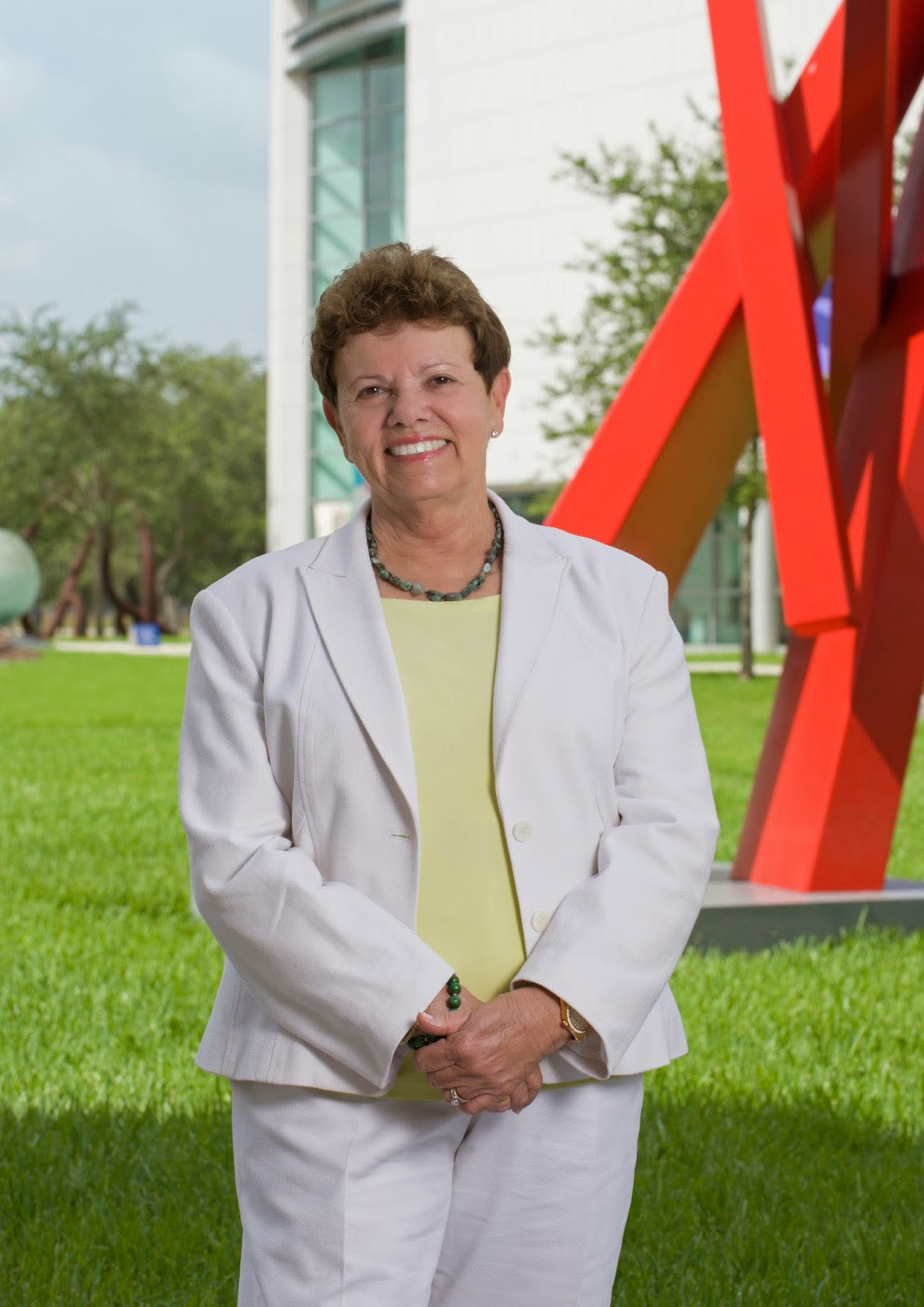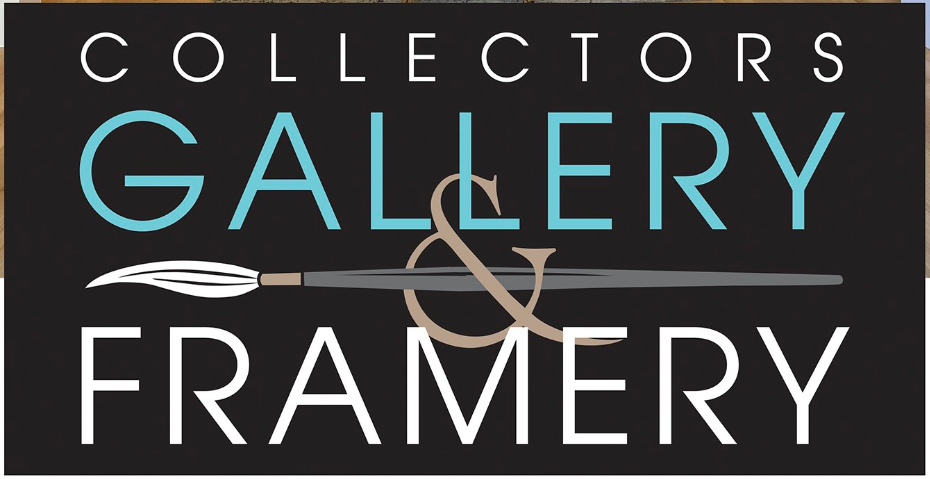Animated Abstraction
The works of Lugufelo constantly challenge the viewer to impose a new sense of balance between art and nature while responding to works that are deceiving in their abstract simplicity. Whether creating wall pieces that juxtapose the two-dimensional with the three-dimensional, small or large-scale site-specific sculptures, Lugufelo explores the elements of abstraction through a personal vision that utilizes the intersection of forms and shapes with geometry and light, subject to the latest technology and advanced constructive processes. In each of his artistic series, there is always a subjective thread that involves references to figuration and the natural world to animate objects beyond a strictly geometric context.
Lugufelo begins to build his sculptures with a Minimalist aesthetic that reveals a process invented to create new and interesting silhouettes. The works play with shadows and reflections which deliver a more accessible subject despite the simplicity of the shapes. Assembling anonymous man-made industrial materials like steel into precarious works that often defy gravity, underscores the skill of the artist who takes possession of space and works to modify the viewer’s reactions to its surroundings. Especially significant to Lugufelo’s monumental site-specific public sculptures, for which he is particularly renowned, this quality of uncertainty about whether it is heavy or light challenges the senses. Sometimes the works are purely abstract based on the simple construction of linear elements made bold as solid objects like beams or trusses, others are more referential to forms suggestive of the human body and its parts, and to nature itself. In the hands of the artist, rigid materials acquire a surprising suppleness.





